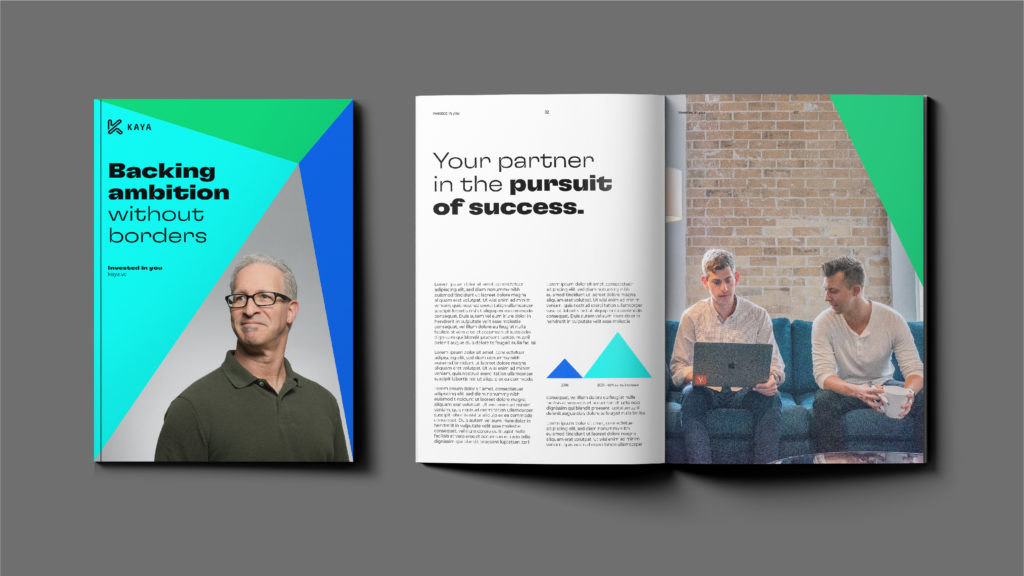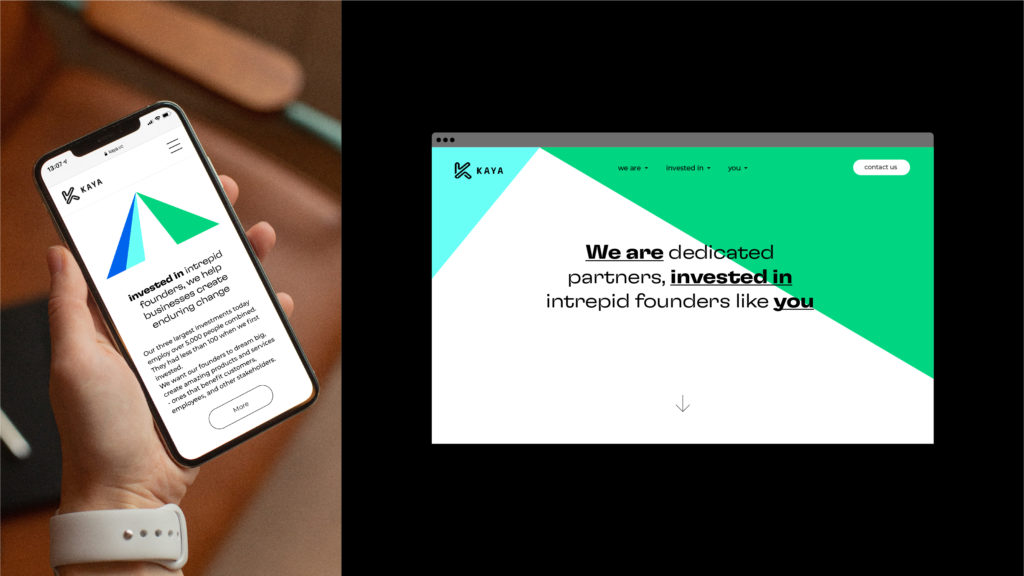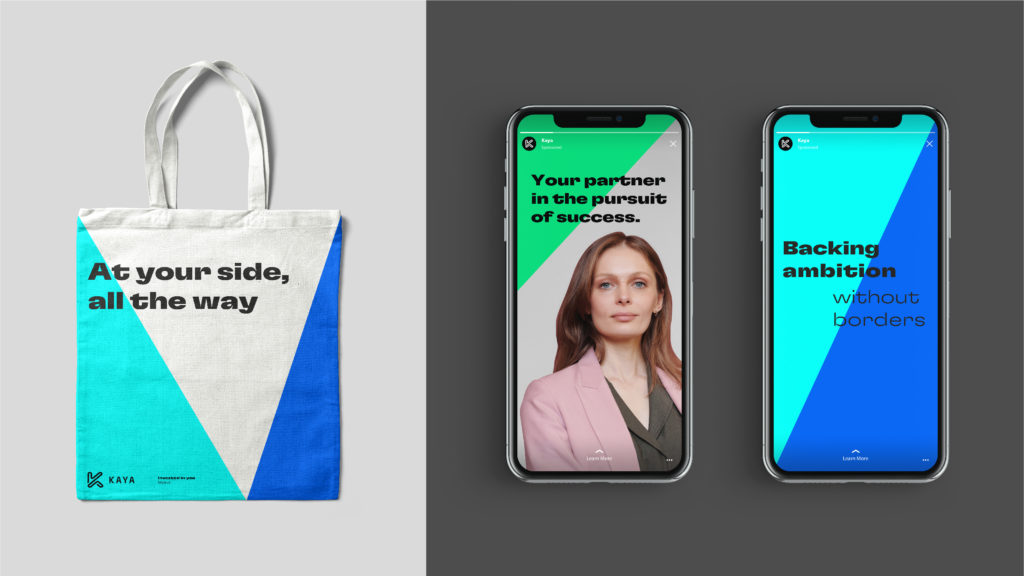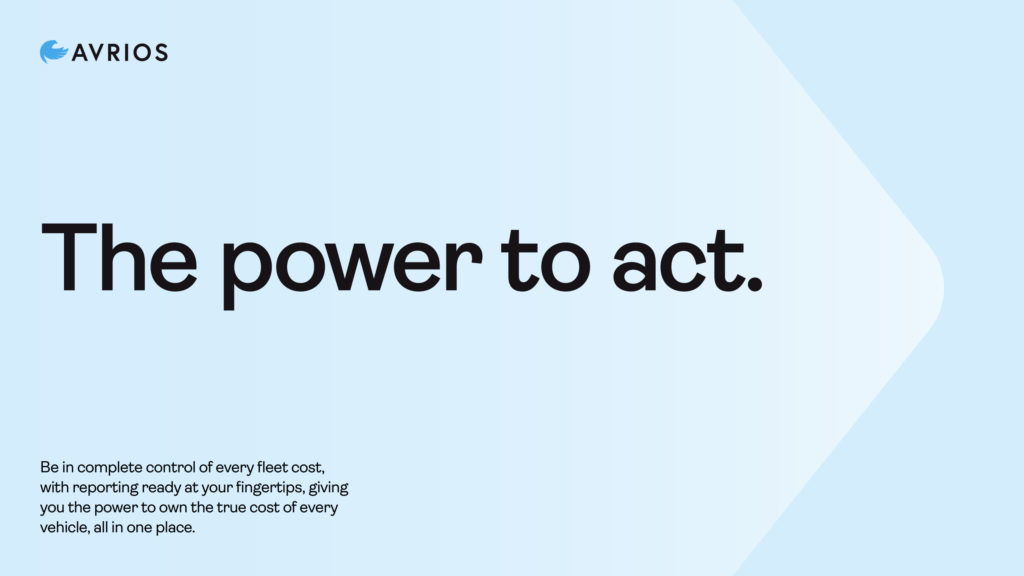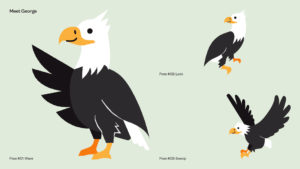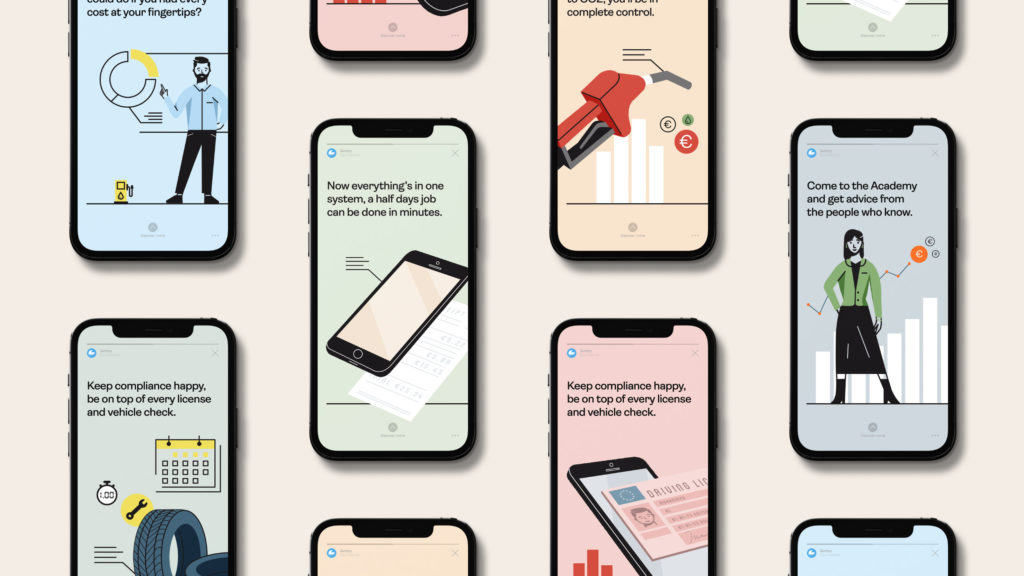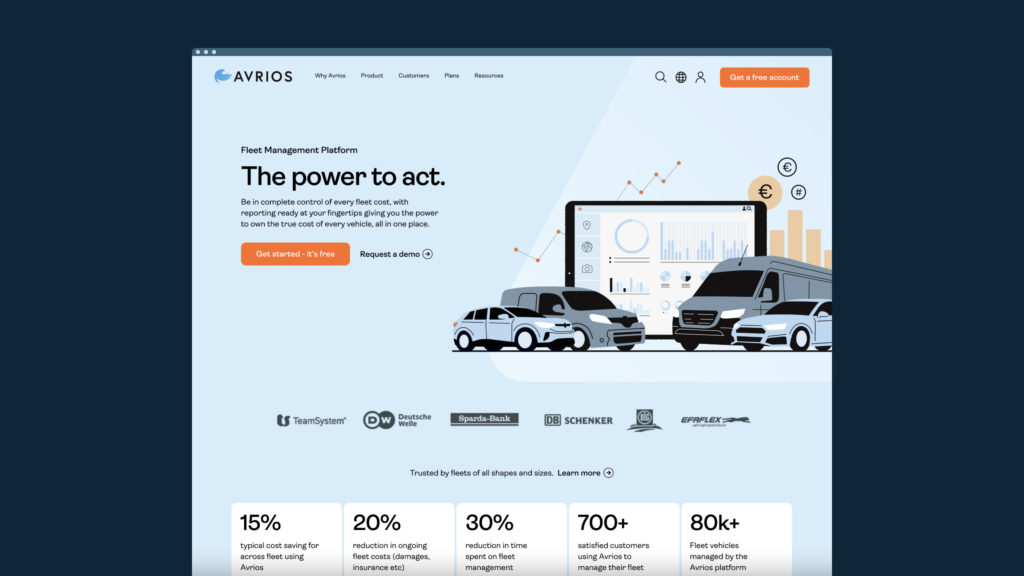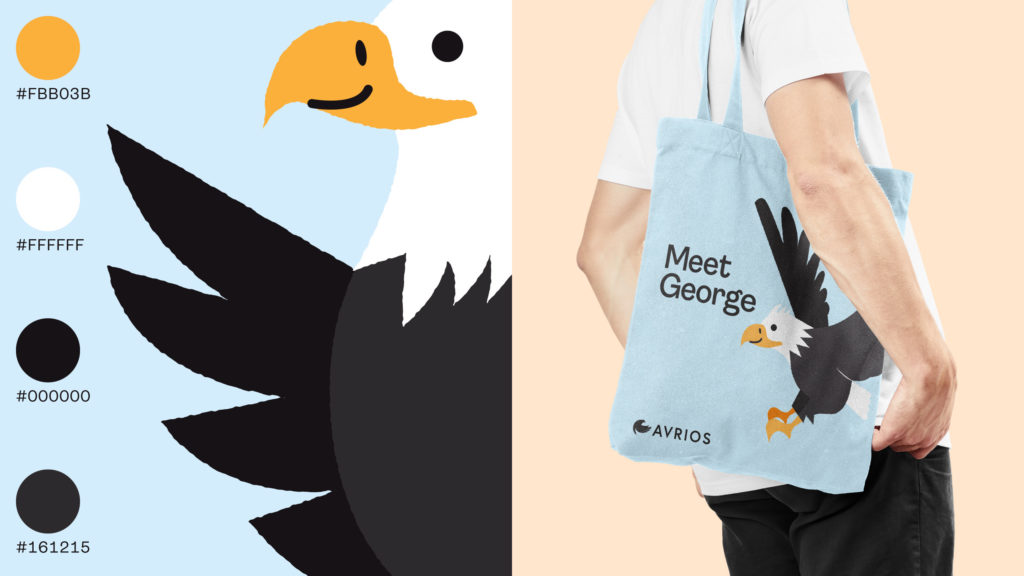Author: Jesse Swash, Co-Founder Design by Structure

Jesse Swash
How we engage with and expect to access the services that underpin our lives has changed forever. It was happening already, but the structural changes we are living through right now have only made it more pronounced.
We can see that in the almost predictable decline of businesses and brands that failed to keep up or re-invent themselves, the high street stalwart list is a long one. But it’s worth reminding ourselves that for every retreat and closure story there is another business and brand that prospers and succeeds. The truth that for every action there is an equal and opposite reaction has never been truer.
This change has swept through every part of society and has affected aspects of our lives and parts of our economy usually seen as impregnable. Who could have imagined previously prosperous high streets closed and now peppered with To Let signs?
But as with all things, and here I must confess to being optimistic by nature, there are silver linings in the clouds of furlough and bailout.
Re-imagine your offer.
For anyone who seeks to succeed, a mantra of continuous change and re-invention is absolutely key. Because playing catchup is becoming too hard, change is moving too fast. This truth, this new reality applies just as much to a retail brand as a banking brand.
So, what are the opportunities? There are certainly quick wins, such as better customer experience (CX) and a focus on employee experience (EX). Getting employees motivated and inspired, and getting customers feeling that refreshed energy are a definite starting point. After all, when was the last time anyone looked forward to a call with a bank?
But there are other, bigger prizes on offer. Shifting customers to digital, redefining the interactions and relationships with them, and rethinking the ‘phygital’ world is here – yes, it is a thing, physical plus digital – fewer but better branches and more home video calls. Digital experiences that are as easy to navigate as Spotify and Netflix for example. Because one thing is certain, we still need to have the option to talk to someone. We still need to communicate. We still need to discuss.
Seize the opportunity.
Banks and the services they provide have a special place in our lives and our society. Their services are relied on every day by all of us in some capacity. A generation ago we only had the bank branch (with restricted hours), weekend closures and if we were lucky a phone number we could call to facilitate our banking needs. Remember how revolutionary First Direct felt with its shake-up of the sector – Britain’s first ‘virtual’ bank, with no branches and no bank managers. Now we have apps and online banking that work whenever we need them and to complement the remaining branches.
Age is not a differentiating factor either for the retail banks with a sharp adoption of digital services in customers over 65 in the last year (thanks McKinsey). So, when do we need to speak to someone, when do we want to meet in person? Those in the know suggest it is when issues are more complex, when we need to understand a complex financial product or when we are making a significant transaction. And there is the opportunity.
Re-think service.
Retail banking needs to be a re-thought presence in our lives. Destination premises in the locations where they are most needed. Reimagined premises with different kinds of usage spaces for customers. Places where important and meaningful conversations can happen, not for joining the queue to pay in a cheque. More informal or more formal spaces depending on your needs. Maybe one day soon your bank might be more like an Apple store or a hotel lobby, with places to sit and talk over a well-made coffee and a friendly ‘genius’ to guide you through the more complex choices.
The important point is that everything stems from the customers’ needs. We need to implement a user-centric, customer-first mantra, just like the apps and websites we rely on. The right levels of personal engagement in the right spaces, E.g., digital engagement in the right channels for the right kind of transactions. Not a tidying up of what is there already but a fundamental re-think of why we exist and how we deliver the right kind of services to the right people… I’ll bet you’re already planning to click, swipe or even visit.
Make experience count.
We know there is a right place and right time for different kinds of interactions. The next step is for retail banks to make those conversations matter. Can they behave more like they know their customers and are on their side? After all, they know our spending, they know how much we save, they see where we shop and how often we travel and go on holiday. Can they harness this data much like other businesses might suggest a jacket to go with a shirt or a movie to follow the one you just watched? Can a series of transactions trigger a better type of product, or a promotion at work, a different kind of saving account? Can a bank even initiate a conversation, can it think about a person’s life stage and match needs to circumstances and products to milestones? At its core can a bank show us it knows us, and it cares about us? Yes.
Built around you.
Now you, the customer, are the most important person in the room or on the screen. Now your experience is as you choose it to be, on the channel you choose, and when you choose it. Feel comfortable discussing your pension on a video call. Why not? Rather visit the new branch for a one to one. No problem. Want to check your balance on your mobile? Of course. Happy to get alerts for products that match your new spending habits. Sure, send them over.
Suddenly your old bank has become your new bank and is on your side, it has your back, not just your wallet. The new bank recognises that you are unique, and you are special. And what do customers do with the brands they love, with the brands that treat them as though they matter, as though they are special? Yes, you guessed it. They spend more, they buy more products, and they stay loyal.
And ultimately isn’t that what every business is searching for? So, banks here is your opportunity. Treat customers as the most special thing you have. Give them access to products and services they need when they need them and where they need them, and you will succeed and prosper. The choice is yours. Our tip. Special wins every day.
This article is part of a series published in Global Banking and Finance Magazine.


